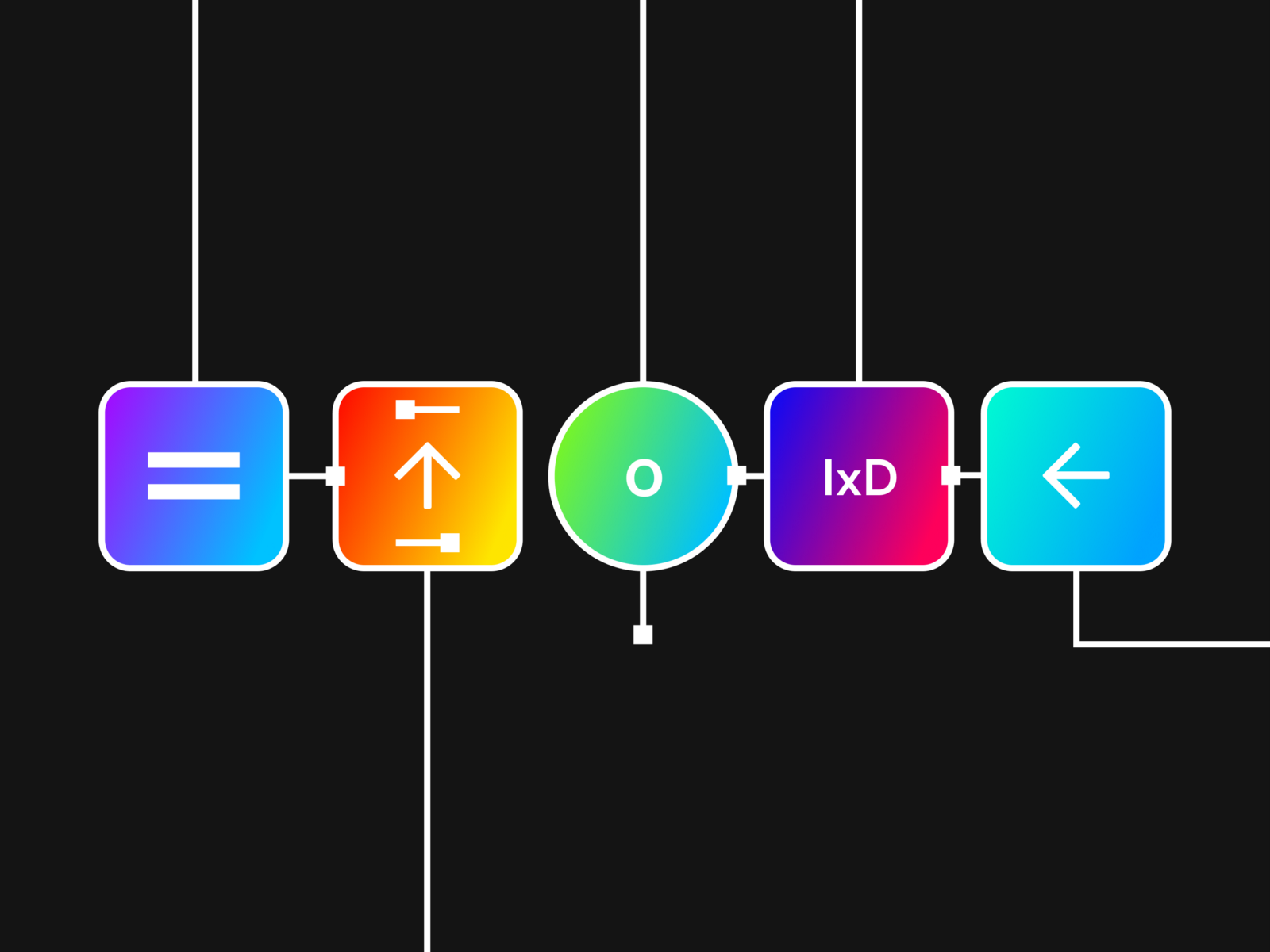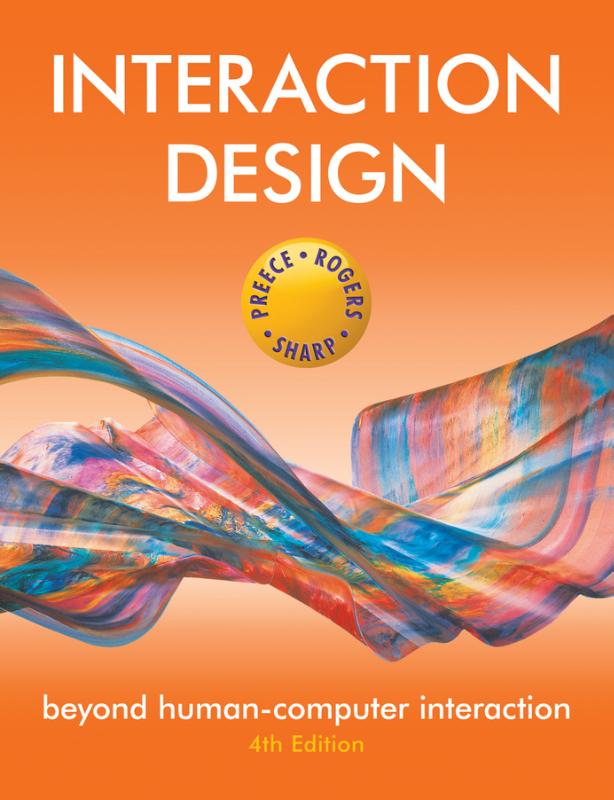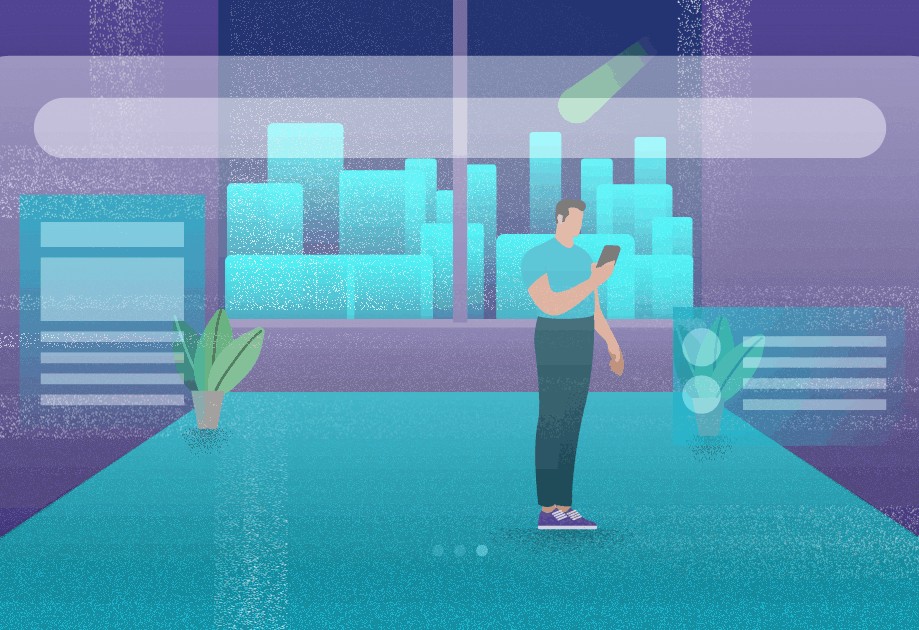Table Of Content
- What are some examples of interaction design?
- Principles for interaction design: the usability classics
- UX designer
- Creating a third place: Public library design ideas for community engagement
- Cognitive dimensions
- The 5 Stages of the Interaction Design Process
- The Role of Interaction Design in User Experience (UX) Design

Users now anticipate similar gestures in other touch-based interfaces due to the naturalness of these interactions, which indicates increased usability and user happiness. The concepts of interaction design are essential to the creation of user-friendly, easily navigable websites that improve user experience by directing users to the content or activities they want to do. IxD synthesizes and imagines things as they could be while considering how to satisfy the users. Interaction designers use principles of good communication to create desired user experiences. The main focus of interaction design is the way users interact with products. The goal is to create products that enable the user to achieve their objective(s) in the best way possible.
What are some examples of interaction design?
One of the reasons why improving discoverability in your product is challenging is that as the designer, you’re closely familiar with the product in all its glory. It can be difficult to imagine meeting that product for the first time, to try and use it while knowing nothing about how it works. Having an overly complicated interface or poor information architecture will confuse new users, increasing the risk of them abandoning your product — and wasting all the time and effort you put into it.
Principles for interaction design: the usability classics
This feedback can be in visual or auditory cues, such as animations or sound effects. The 4D dimension is the element of time and the changes occurring over time. Designers must consider the user’s journey through the interface and create a design that guides the user through the experience. Designers aim to ensure that digital products are designed with the user’s needs and preferences in mind. This may have a slightly dimmer relevance to interaction design in comparison to its big brother, UX design. Regardless, it’s still worth knowing that you can’t really rely on the written content in your product to get the message across — which makes the need for coherent and logical interactions so much greater.
UX designer
Visual contrast emphasis can be achieved by size, proximity, color, opacity, and actual tonal contrast between elements. The design concept of constraints is a way to determine how to restrict the kind of user interaction that can take place in a given moment. Interaction design constraints help efficient interaction by providing “guide rails” for users—almost like a guiding hand steering the interactions that can occur. As you can see, interaction design skills open the door to a variety of exciting career paths.

Creating a third place: Public library design ideas for community engagement
Remember that you need to anticipate what the user wants, their needs and capabilities. Consider using something more descriptive and simple, such as “Initial settings”. This is important in case your users ever decide to restore the product to its default settings — especially if your users aren’t millennials. This principle regards how your content is displayed and how easily your users can read it. Having your content organized properly is a way to allow your users to scan the screen looking for the piece of content they want.
Cognitive dimensions
Every decision you make, from the layout of buttons to the timing of animations, should prioritize the user’s experience and make it as seamless and enjoyable as possible. User testing and feedback are your allies in this endeavor, helping you refine and perfect your designs. The list of books relevant to interaction design could span many pages by itself.
The 5 Stages of the Interaction Design Process
Furthermore, they carefully plan by developing design ideas, software prototypes and gaining feedback from stakeholders. Their goal is to understand user behaviors, improve experiences and update designs through the latest interaction models. The primary goal of interaction design is to create a smooth and enjoyable experience.

The Role of Interaction Design in User Experience (UX) Design
It provides an authoritative introduction to the field, as well as other references where you can learn more. Interaction design focuses specifically on the moment of interaction between a user and a product or system. It considers what the user wants to accomplish at each touchpoint and what interactive elements they’ll need to do so. Next time you use your smartphone, browse the internet, or use software on your computer, look out for all the different instances of interaction design that make up your experience of the product. Learn what interaction design is, why it’s so important, and the key principles that drive this fascinating field. Frank is the CEO of ExperienceDynamics.com, a seasoned author, speaker and globally respected Senior Usability practitioner.
ATLAS Members Explore Childhood Play and Learning Through Interactive Design at IDC 2023 - University of Colorado Boulder
ATLAS Members Explore Childhood Play and Learning Through Interactive Design at IDC 2023.
Posted: Mon, 19 Jun 2023 07:00:00 GMT [source]
User flows map out the step-by-step, standard actions a user takes to accomplish a goal. They’re wonderful forms of documentation that can help designers better understand user behaviors and modify the interface accordingly. User flows also help by revealing unnecessary steps, highlighting places to reduce friction. The key to goal-driven design is understanding what your users want and their preferences for getting there—in short, knowing them on a deep level.
In order to create interfaces that feel intuitive and natural, designers must anticipate user actions and preferences, which requires a high degree of empathy. Iterative testing and prototyping improve designs, guaranteeing their efficacy and usability. AI and AR are examples of emerging technologies that open up new interface design possibilities. Empirical instances demonstrate how careful design affects user happiness and corporate performance. Everyday digital encounters are shaped by interaction design, from smart devices to smartphone apps. Being an expert in interface design is crucial to producing engaging user experiences in a cutthroat market.
For example, an interaction designer might look at how images, typography, and icons on a website, app, or service supplement the words on the page to communicate information to a user. Or they might think about the hardware a user uses and how that influences their behavior while using a website, app, or service. We found this helpful interaction design checklist from the US Government’s Technology Transformation Services website, usability.gov. The checklist includes several questions to consider when designing interactions. These examples and case studies are stepping stones providing insight into the future landscape of interaction design. The success stories of Uber, Airbnb, Apple, and Spotify underscore the significance of interaction design in shaping user behavior and influencing business outcomes.
Everything from font and color to layout and images can influence how a user feels, so IxD designers take into account the research compiled on targeted users to create the best possible experience for them. One of the most critical elements of interaction design is the focus on clear, strong communication. By carefully selecting words and images, interaction design is focused on conveying necessary information and messaging as concisely as possible. Interaction design is focused on the actual moments a user is interacting with a product, with the primary objective to make that experience as interactive as possible. This action is similar to unfolding a letter — you pull the screen or “paper” down to see something new.
Interaction design compels teams to consider how potential customers benefit from their products. Conducting a heuristic analysis allows designers to locate shortcomings in their products and make improvements to cater to the needs of their users. UID, User Interface Design, deals with the visual components users interact with, such as buttons, icons, and layouts, aiming for aesthetic and functional harmony. Interaction Design orchestrates the user's engagement with these components, ensuring effective, enjoyable interactions. Discover more about the differences and interconnections between user experience and user interface in this video. If you are new to the Interaction Design Foundation, this course is a great place to start because it brings together materials from many of our other courses.

No comments:
Post a Comment